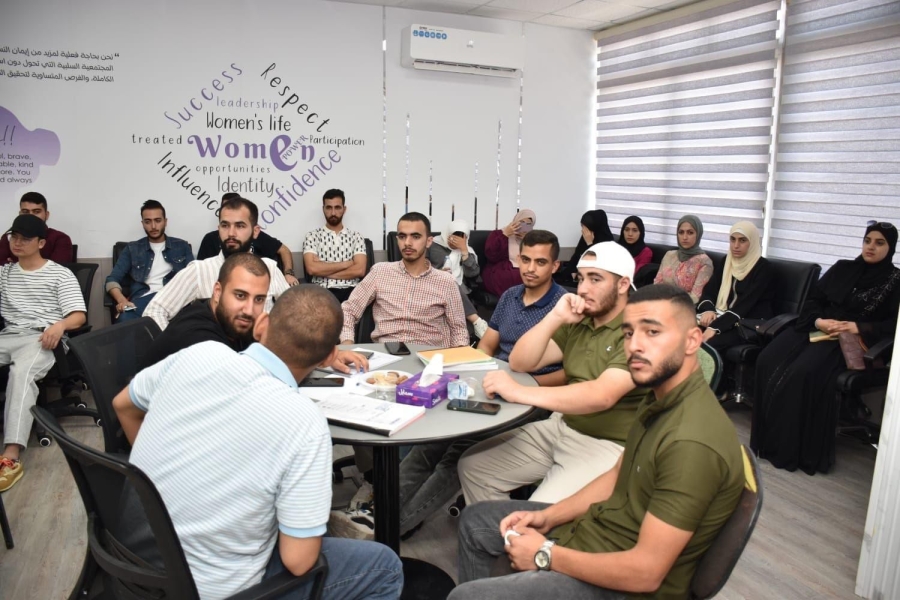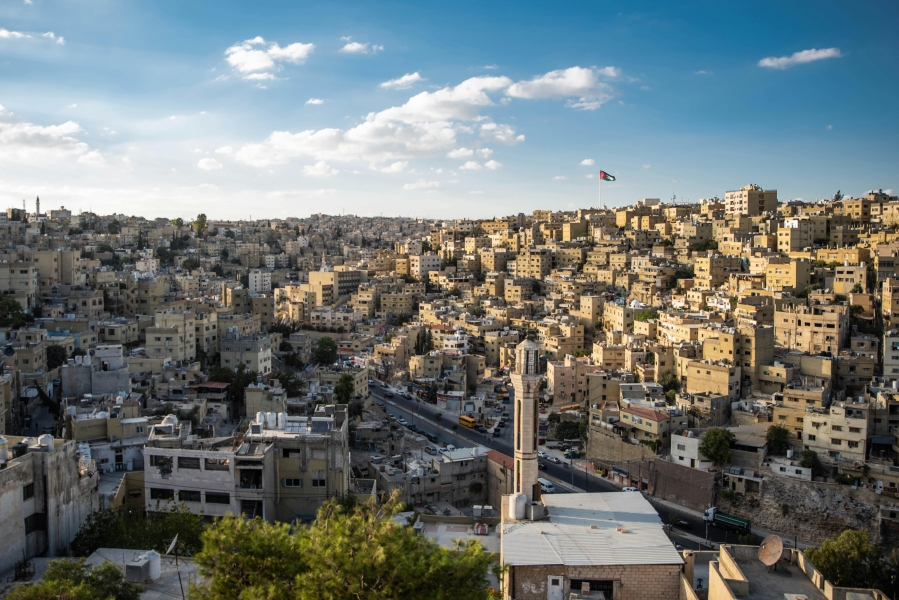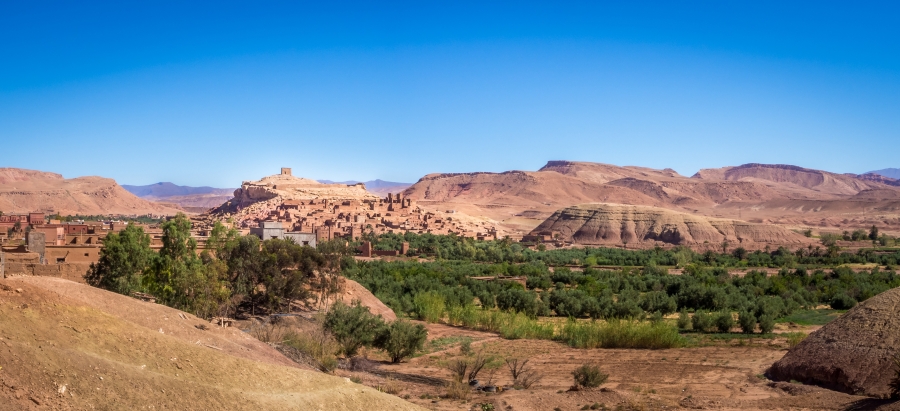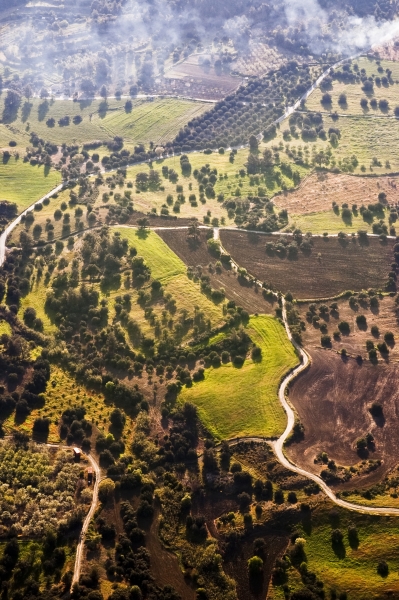“Jordanian Parliamentary Elections 2024: Analysis of the results and their implications for internal and foreign policy and future directions”
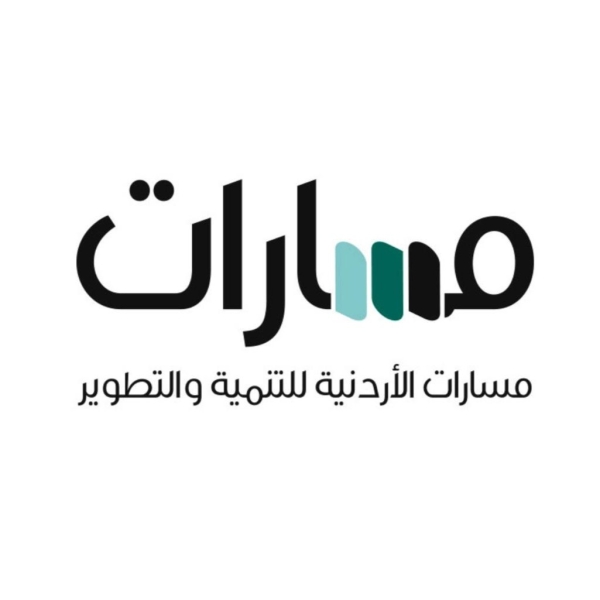
"Jordanian Parliamentary Elections 2024: Analysis of Results and Their Implications on Domestic and Foreign Policy and Future Directions”
The 2024 elections are the first to be held under a new electoral system enacted in 2022, which introduced substantial changes to the electoral structure. One of the most notable amendments was lowering the age of candidacy from 30 to 25 years, thus enhancing youth participation in political life. Additionally, the representation system was modified to combine proportional representation at both the local and national levels.
The total number of registered voters is 5,115,219, of whom 52.6% are women and 45.4% are under 35 years old. Moreover, 11.54% of voters are first-time voters, reflecting a demographic shift that could significantly influence the election results.
Section 1: The Electoral System and New Law
The primary goal of this system is to empower political parties to gain greater representation in parliament, with 30% of parliamentary seats allocated based on closed party lists. Additionally, the new electoral law mandates that party lists must include at least one woman for every three candidates and must feature at least one candidate under the age of 35 among the first five candidates.
The system also includes quotas for minorities, allocating seven seats for Christians and two seats for the Circassian and Chechen communities. In local districts, 18 seats are reserved for women, with one seat per district.
Additionally, the system aims to enhance transparency and integrity in the electoral process by empowering the "Independent Election Commission," which oversees the electoral process from voter registration to the announcement of results. The most recent elections were supervised by the commission, which confirmed that the elections were conducted with integrity and transparency, despite some logistical challenges on voting day.
Additionally, deeply rooted social and political customs in Jordanian society, which focus on tribal and personal voting rather than party voting, present another challenge to achieving full representative democracy. Despite efforts to promote party work, the electoral culture in some areas still relies more on families and tribes than on party platforms.
There are also logistical and technical obstacles in implementing the new system, as both voters and parties need to adapt. Despite awareness efforts, some voters remain unaware of how the system works, which may weaken effective participation in elections.
Section 2: Analysis of the Results of the Jordanian Parliamentary Elections 2024
The 2024 Jordanian parliamentary elections took place amid a complex political and regional landscape with significant changes in the electoral system. The elections introduced several new variables, including a two-level voting system: voting at the local district level (97 seats) and voting at the national level reserved for parties (41 seats). This section will cover the distribution of seats among parties and independent candidates and analyze voter turnout.
| Party | Number of Seats | Percentage of Total Seats |
|---|---|---|
| Islamic Action Front | 31 | 22.46% |
| National Charter Party | 21 | 15.22% |
| Willpower Party | 19 | 13.77% |
| Progress Party | 9 | 6.52% |
| National Islamic Party | 7 | 5.07% |
| Determination Party | 5 | 3.62% |
| National Union Party | 5 | 3.62% |
| Blessed Land Party | 4 | 2.89% |
| Labor Party | 2 | 1.45% |
| Construction and Labor Coalition | 2 | 1.45% |
| Independents | 31 | 22.46% |
According to these results, the Islamic Action Front secured 31 seats, making it the largest bloc in parliament. Its seats were divided between 17 seats at the national level and 14 seats at the local district level, positioning it as a major political force in the House of Representatives.
| District | Turnout Percentage | Number of Seats |
|---|---|---|
| Amman (First District) | 19.51% | 12 |
| Amman (Second District) | 18.29% | 10 |
| Irbid (First District) | 34.57% | 9 |
| Karak | 61.73% | 7 |
| Zarqa | 21.64% | 10 |
| Mafraq | 52.11% | 5 |
The highest turnout was in the governorates of Karak and Ma'an, where it exceeded 60%, while turnout was noticeably low in some urban areas like Amman, which recorded the lowest participation rate. This reflects differences between tribal areas, which typically experience higher voter turnout, compared to urban areas where voter disillusionment is more prevalent.
Seats were also allocated for ethnic and religious minorities in Jordan, including 7 seats for Christians and 2 seats for the Circassian and Chechen communities. These quotas aim to ensure that all segments of Jordanian society are represented in parliament.
The results of the 2024 Jordanian parliamentary elections indicate significant changes in the political landscape of the kingdom, with the continued influence of tribes and independents in some areas and the rise of the Islamic Action Front as the largest parliamentary bloc. The gender and minority quotas contributed to enhancing the participation of these groups in parliament, while overall voter turnout remained low, highlighting some of the challenges facing the political system in engaging and motivating voters.

